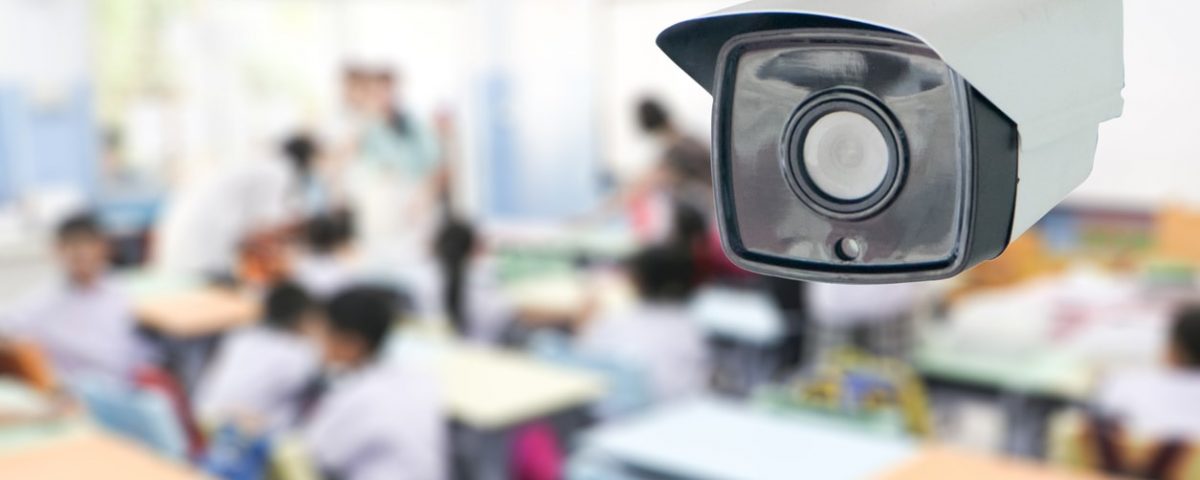Looking Ahead: Rising Trends in School Safety

Important Things for Public Officials to Know About Building Permits
December 21, 2018
Inside the World of Charter School Reform
January 14, 2019Looking Ahead: Rising Trends in School Safety
In the past few years, school shootings have skyrocketed bringing a major concern to the safety of students, teachers and other educators. Based on data from CNN, the first 21 weeks of 2018 alone saw 23 incidents of school shootings, not to mention incidents around school bullies. This has caused school administrators and school board members to rethink the way they approach safety at their schools through technology.
With new technological advancements, schools have begun to update their safety protocols. Security cameras, artificial intelligence, panic buttons—these are new and evolving options schools are using to combat school violence in its many different forms. While it is impossible to predict any violent circumstances, schools can still be prepared through several tech developments.
Regardless of the technology and the threats that are posed to schools across the country, it’s important for administrators and teachers to invest in the right protection that can provide financial aid in the wake of litigation. Garnering liability insurance for educators can help to provide the right financial safeguard while legal issues are being sorted out.
Artificial Intelligence
AI isn’t just a thing of science-fiction. Municipalities are finding ways to use the tech to help boost safety, and schools are getting in on it as well. Developers are working on creating technology that can recognize weapons on a person walking onto campus. It’s unclear whether this technology will be completely accurate, but AI could end up helping to identify the size of weapons and then promptly report threats to local law enforcement.
While AI systems are working on being trained to recognize guns through powerful algorithms, they still need to go under trials to make sure they are accurate. Common errors such as false positives (i.e. wrongly detecting an object as a gun) can end up producing grave mistakes.
Virtual Reality
Another piece of technology associated with gaming and science-fiction, virtual reality can play a major role in boosting school safety. VR can be used to prep school safety officers, teachers, and administrators on what an active shooter situation could include. Schools will soon be able to use this kind of training technology, hoping to increase awareness and decrease incidents.
Virtual reality is a unique kind of training that brings teachers directly into a situation and can help to boost reaction times if events were ever to happen.
Panic Button
While panic buttons have been around for some time now, they have never really been used in schools. And when people think of panic buttons, they usually think of actual physical buttons that are placed under a desk that alert the local police. However, with the help of technology, virtual panic button apps are being created that can be cross-referenced with GPS to better locate the actual situation within a school. These tech-savvy panic buttons can help bring law enforcement onto a scene more quickly, helping to reduce possibly more damage.
Mobile ID’s
ID technology has been advanced further within the college system as university campuses provide students with badges to get in and out of buildings on campus. This kind of technology can now be used in K-12 schools to help keep bad actors without access out. Schools are already beginning to lock doors around campus through technology and requiring that all students and teachers carry badges.
Technology around this idea is already being advanced to the point where smartphones can be used as scannable devices. While students may possible lose a card, they won’t be losing their phone anytime soon.
About PGUI
Professional Governmental Underwriters, Inc., is a full-service risk management company dedicated to assisting public, educational and non-profit entities in the management of their professional liability exposures. We are dedicated to providing state-of-the-art professional underwriting management and loss control advisory services on behalf of our designated carriers. For more information, call us toll-free at (800) 586-6502.


